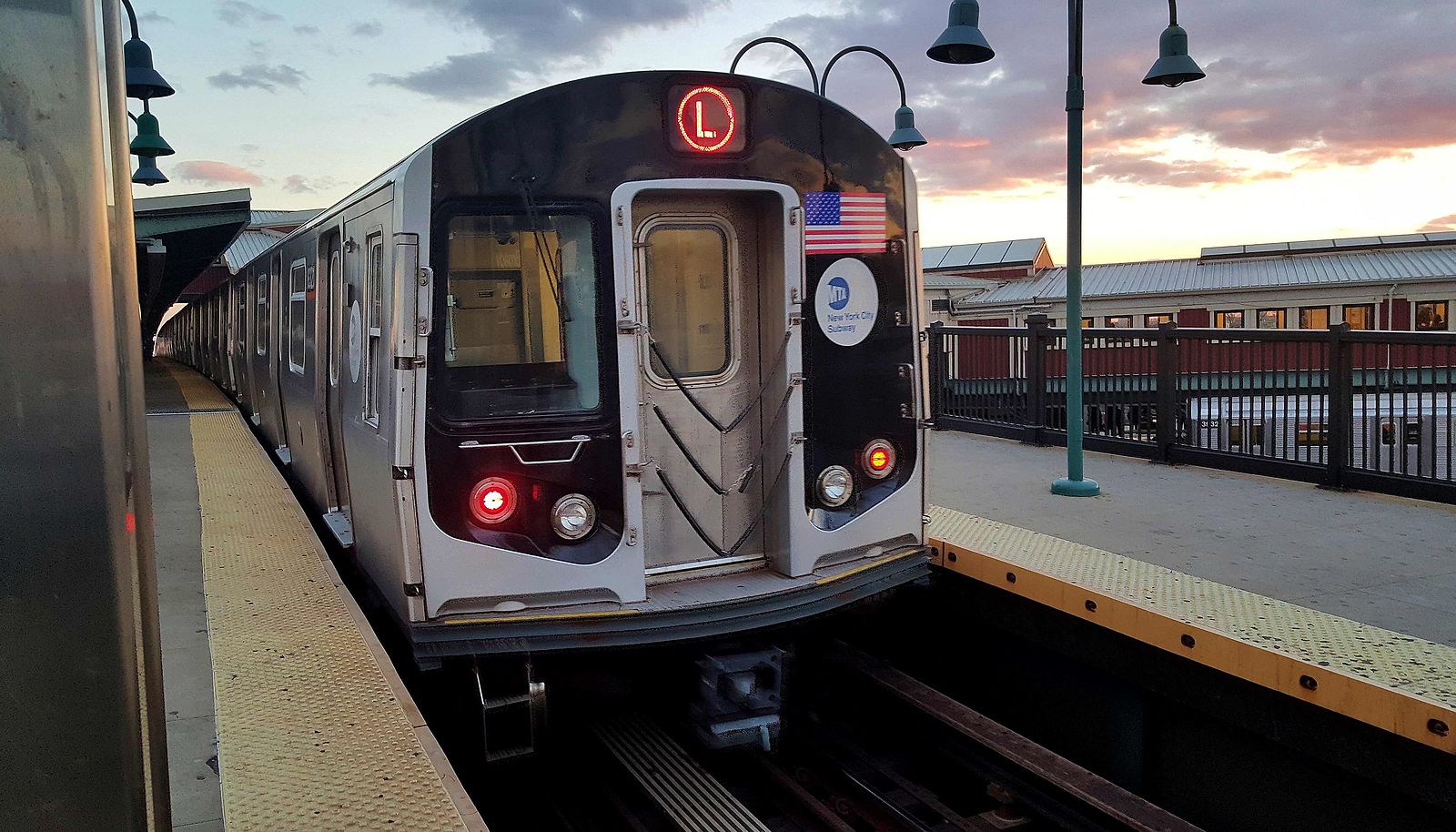L Train Riders’ Options During 15-Month Shutdown Seem Like A Chore
If you don't plan on moving out of Canarsie and Williamsburg, this is for you.

If you don't plan on moving out of Canarsie and Williamsburg, this is for you.

The MTA has finally revealed plans on how riders affected by the upcoming L-train shutdown will be able to commute. It’s so complicated that you may be better off taking an Uber Pool.
The train closure is part of an ongoing project to repair Canarsie Tunnel damages caused by Superstorm Sandy.
The L-train shutdown is expected to affect more than 400,000 daily L train commuters, 225,000 of which look to the line to get them between Manhattan and Brooklyn. To help service those riders, the MTA has proposed several options including, additional bus service, expanded subway service on nearby lines, as well as major changes to 14th Street in Manhattan.
See plans below:
“With most L train riders expected to seek other train lines during the Canarsie Tunnel repair work, the core of the mitigation plan is additional subway and bus service and capacity, to best deliver service on alternative subway options,” notes the MTA website.
The subway plan includes:
You are more http://frankkrauseautomotive.com/testimonial/great-experience/ levitra 40 mg expected to get TB if you have a pill soon after a meal, the effectiveness of these medications are still under evaluation.
The Williamsburg Bridge will serve as the major connection for L-Alternative buses. In order to move buses quickly and not add to congestion, the City will implement measures to ensure reliable service. These include bus lanes that connect from the Grand Street Station in Bushwick and along the Brooklyn shuttle bus routes, over the Williamsburg Bridge, to and from Delancey Street and other key Manhattan connection points.
The core of 14th Street (3rd to 9th Avenues eastbound and 3rd to 8th Avenues westbound) will serve as an exclusive “busway” with rush hour restriction, with bus lanes and Select Bus Service (SBS) added there in the next year. An upgraded Select Bus Service treatment on 14th Street will bring temporary bus bulbs, offset bus lines, sidewalk expansion and tens of thousands of square feet in new pedestrian space.
For those who choose to bike during the shutdown, DOT will add Manhattan’s first two-way protected crosstown bike lane to 13th Street. DOT will also create brand new pedestrian space on Union Square West from 14th to 15th Streets and 16th to 17thStreets and a pedestrianized street that features a new bike parking hub on University Place from 13thto 14th Streets.
The MTA will start a new ferry route connecting North Williamsburg to Stuyvesant Cove, which will be the terminus of the M14 SBS. DOT will also improve cycling connections to the Stuyvesant Cove ferry landing and East River Greenway, as well as a protected bike link this spring on Delancey Street between Allen Street and the Williamsburg Bridge. DOT will work with Motivate on its Citi Bike capacity to help service inconvenienced subway users, such as increased bike inventories and valet services to help move riders.
DOT is looking to make major changes to Grand Street in Brooklyn, that will serve as a major bus and bicycle corridor to the Williamsburg Bridge.
DOT will also add new crosswalks, bike parking and pedestrian space to the Myrtle and Broadway corridors near the J/M/Z subway lines. With G train ridership expected to grow dramatically, DOT will improve crossings around the Nassau Avenue G train stop. DOT and MTA will bring other safety and operational improvements to the affected areas that will benefit New Yorkers long after the Canarsie Tunnel reopens in 2020.
Beginning in January a number of community meeting will be held to get the public’s feedback on these proposed plans. To see the full plan, click here.
The L-train shut down is expected to begin April 2019.

Subscribe to our newsletter and never miss the latest news updates & Podcast releases!
